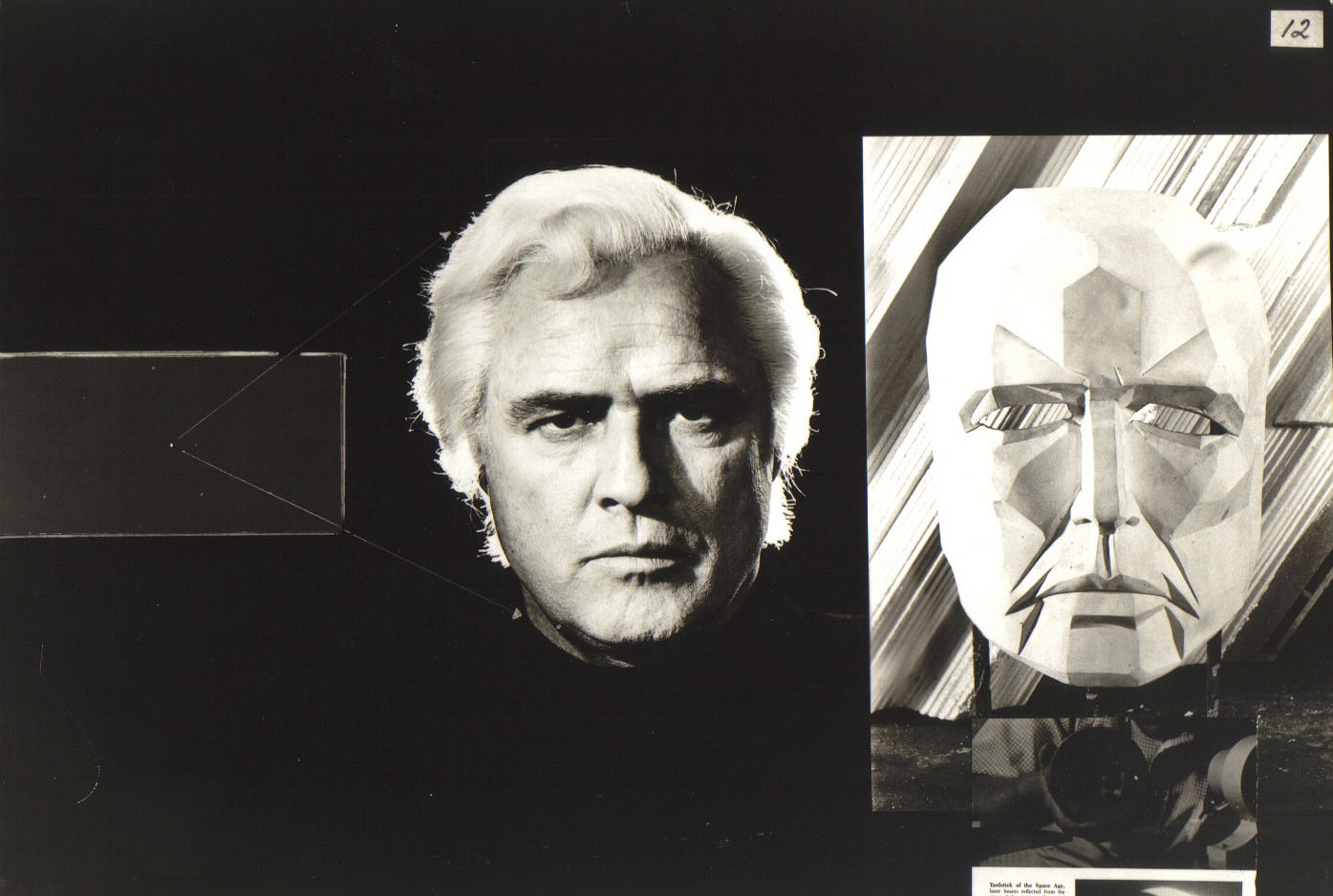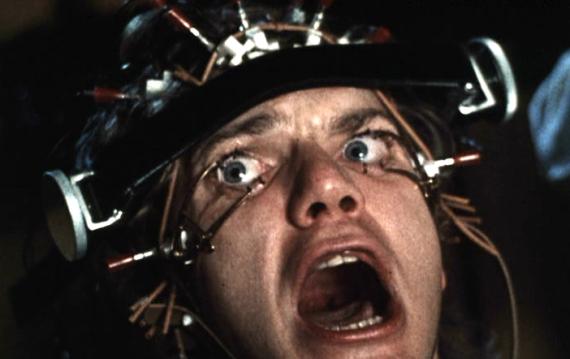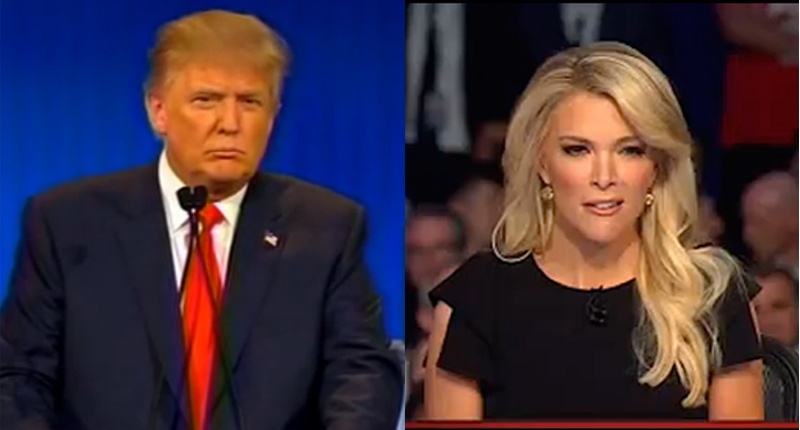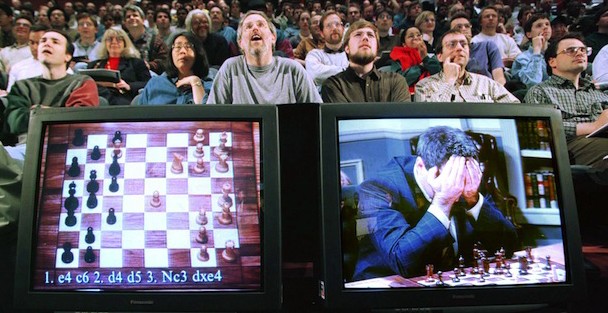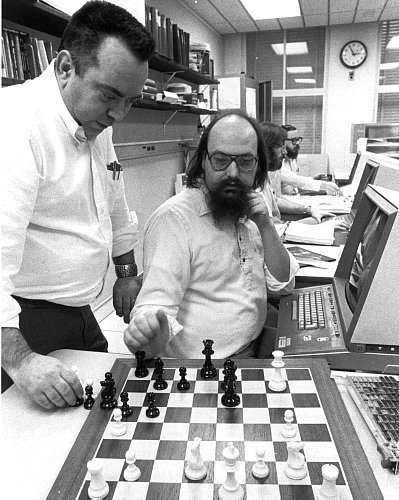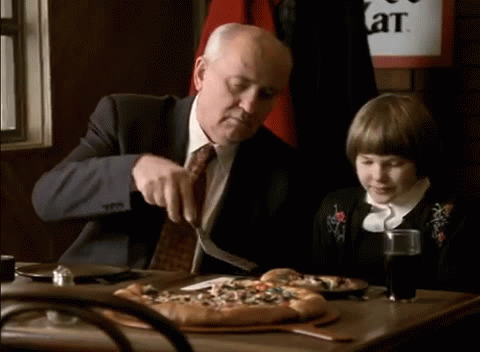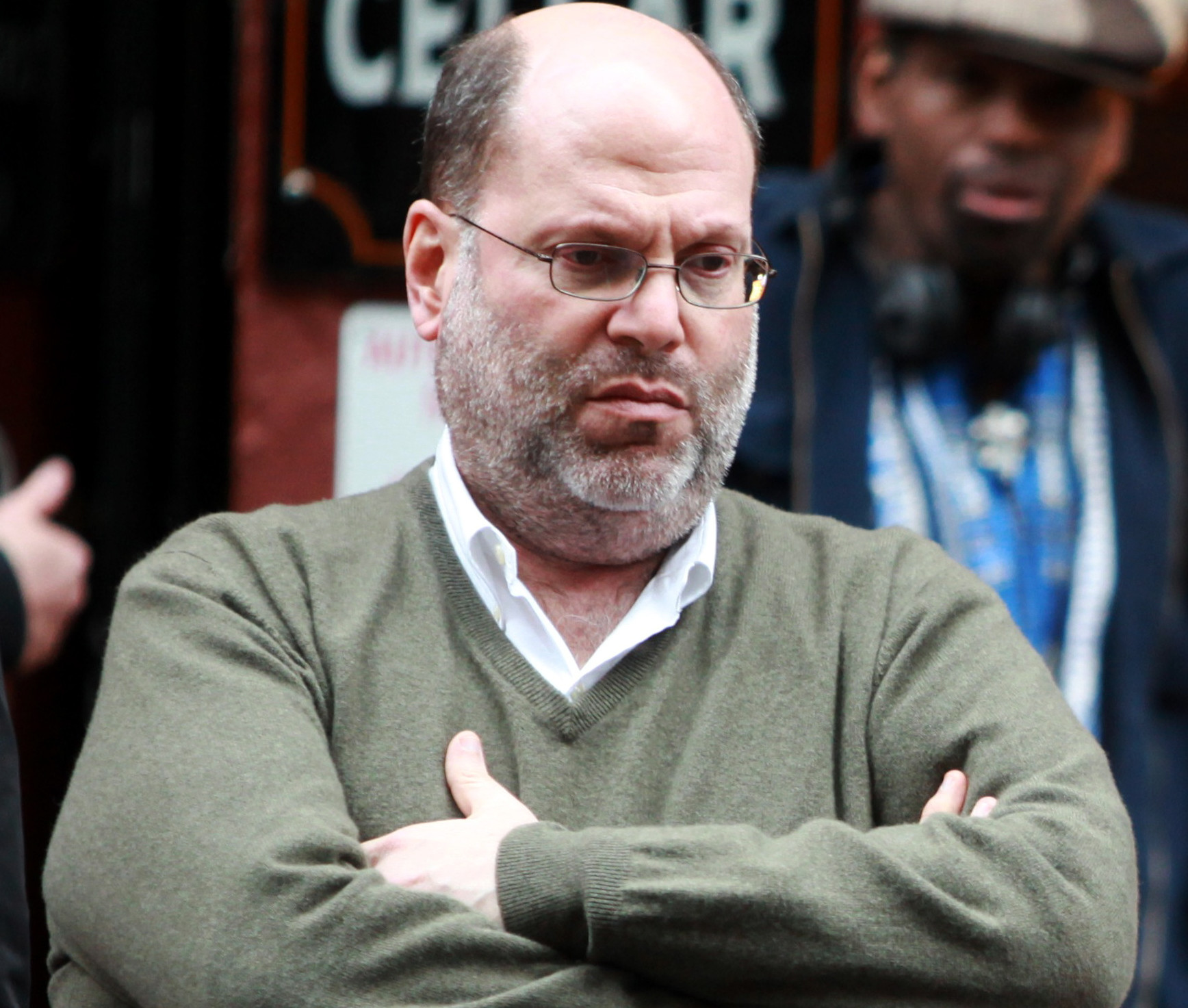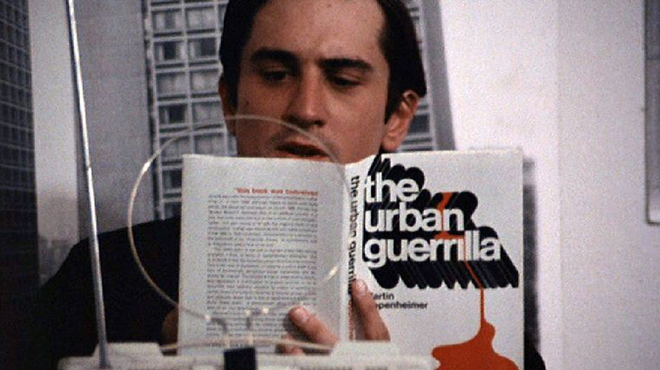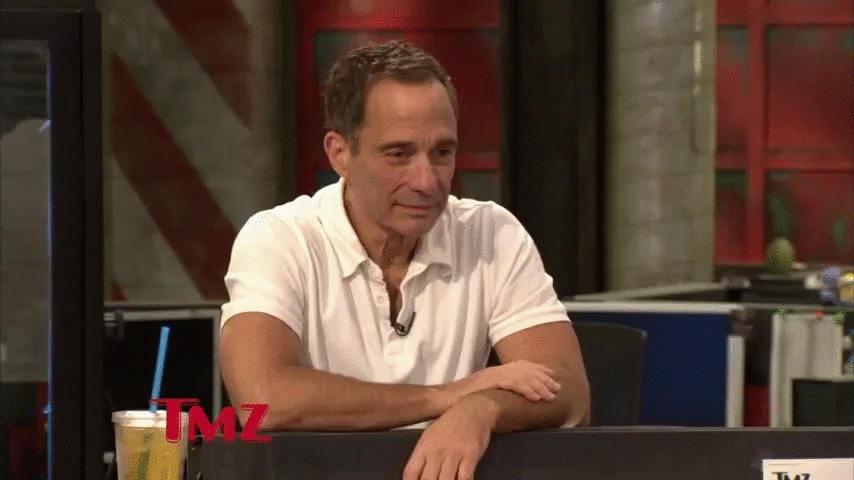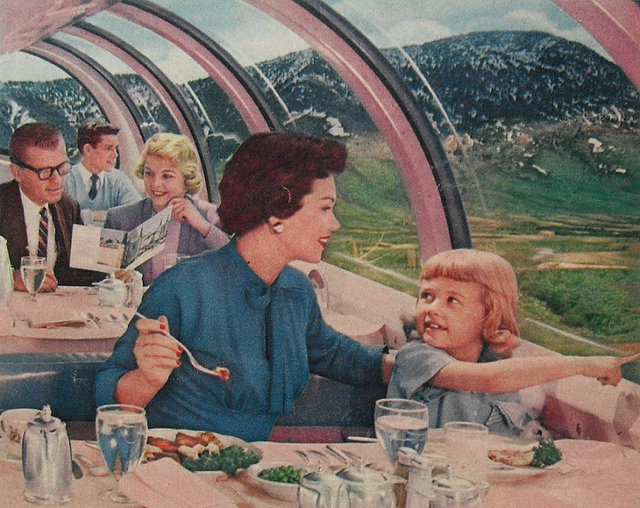In Andrew Schrank’s Pacific·Standard essay about Labor in the Digital Age, which imagines possible enlightened and benighted outcomes, he says the truest thing anyone can say on the topic: “The future of work and workers will not be dictated by technology alone.” No, it won’t.
An excerpt in which he looks at the Google Glass as half-full:
Is a jobless future inevitable? Do automation, computerization, and globalization necessarily conspire to undercut employment and living standards? Or might they be harnessed to benign ends by farsighted leaders? The answer is anything but obvious, for the relationship between automation and job loss is at best indeterminate, both within and across countries, and the relationship between automation and compensation is similarly opaque. For instance, Germany and Japan boast more robots per capita and less unemployment than the United States, and the stock of industrial robots and the average manufacturing wage have been growing in tandem—at double digit rates, no less—in China.
What excites me about the future of work and workers, therefore, is the possibility that the technological determinists are wrong, and that we will subordinate machinery to our needs and desires rather than vice versa. In this rosy scenario, machines take over the monotonous jobs and allow humans to pursue more leisurely or creative pursuits. Working hours fall and wages rise across the board. And productivity gains are distributed (and re-distributed) in accord with the principles of distributive justice and fairness.
While such a scenario may seem not just rosy but unrealistic, it is not entirely implausible.•








